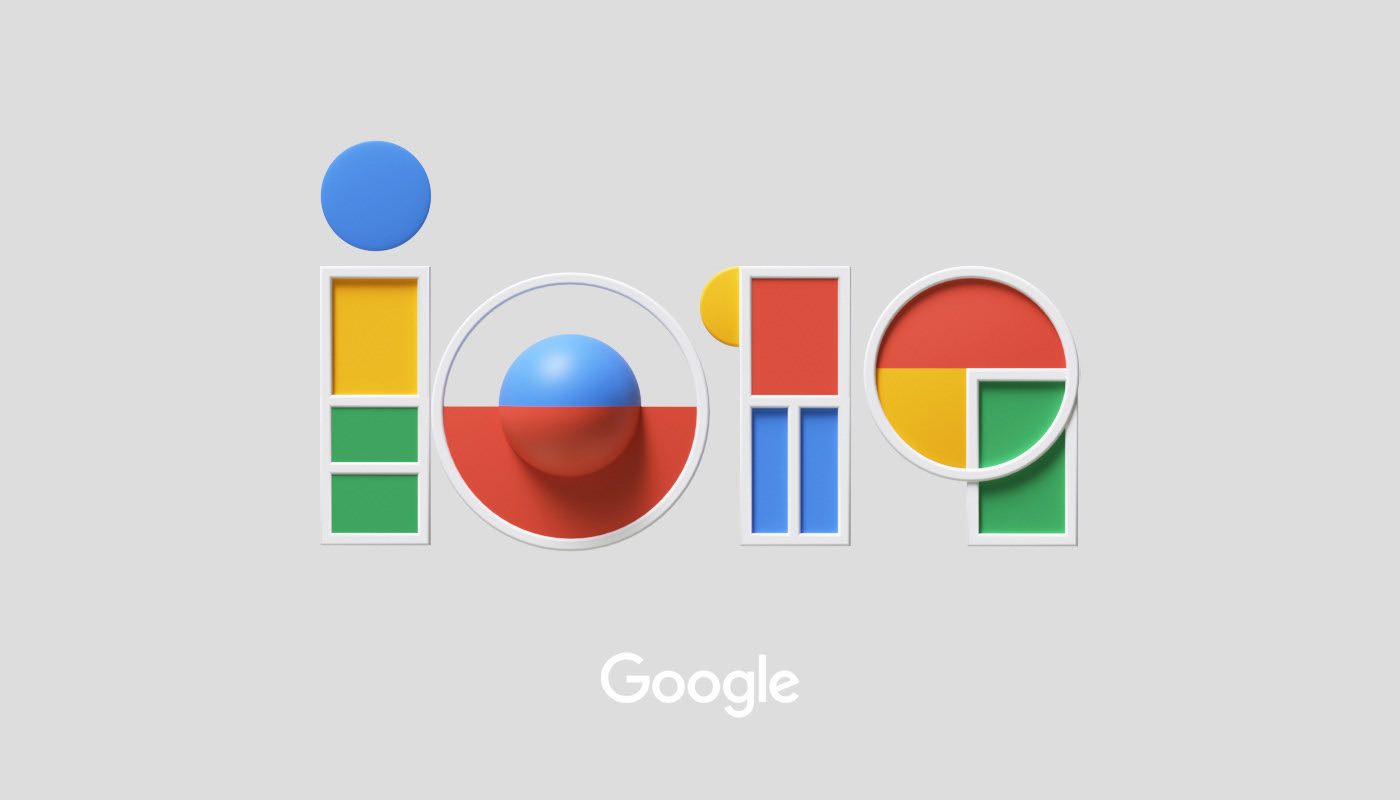Psychological theories on web design
“People ignore design that ignores people.”
Frank Chimero

There are a number of debates about which additional skills designers should learn.
Should designers code, write, or understand business?
These skills are incredibly valuable but perhaps not essential. However, I would argue that every designer should learn the fundamentals of psychology.
As humans, we have an underlying “blueprint” for how we perceive and process the world around us, and the study of psychology helps us define this blueprint.
As designers, we can leverage psychology to build more intuitive, human-centered products and experiences. Instead of forcing users to conform to the design of a product or experience, we can use some key principles from psychology as a guide for designing how people actually are.
Key principles
The intersection of psychology and design is extensive. There’s an endless list of principles that occupy this space, but there are a few that I’ve found more ubiquitous than others.
Let’s take a look at what these are and where they are effectively leveraged by products and experiences we interact with everyday.
HICK’S LAW
One of the primary functions we have as designers is to synthesize information and present it in a way that it doesn’t overwhelm users—after all, good communication strives for clarity.
This directly relates to our first key principle: Hick’s Law. Hick’s Law predicts that the time it takes to make a decision increases with the number and complexity of choices available.
It was formulated by psychologists William Edmund Hick and Ray Hyman in 1952 after examining the relationship between the number of stimuli present and an individual’s reaction time to any given stimulus.
It turns out there is an actual formula to represent this relationship: RT = a + b log2 (n). Fortunately, we don’t need to understand the math behind this formula to grasp what it means.
The concept is quite simple: the time it takes for users to respond directly correlates to the number and complexity of options available. It implies that complex interfaces result in longer processing time for users, which is important because it’s related to a fundamental theory in psychology known as cognitive load.
Cognitive load
Cognitive load refers to the mental processing power being used by our working memory.
Our brains are similar to computer processors in that we have limited processing power: when the amount of information coming in exceeds the space available, cognitive load is incurred. Our performance suffers and tasks become more difficult, which results in missed details and even frustration.
MILLER’S LAW
Another key principle is Miller’s Law, which predicts that the average person can only keep 7 (± 2) items in their working memory.
It originates from a paper published in 1956 by cognitive psychologist George Miller, who discussed the limits of short-term memory and memory span. Unfortunately there has been a lot of misinterpretation regarding this heuristic over the years, and it’s led to the “magical number seven” being used to justify unnecessary limitations (for example, limiting interface menus to no more than seven items).
Chunking
Miller’s fascination with short-term memory and memory span centered not on the number seven, but on the concept of “chunking” and our ability to memorize information accordingly.
When applied to design, chunking can be an incredibly valuable tool. Chunking describes the act of visually grouping related information into small, distinct units of information. When we chunk content in design, we are effectively making it easier to process and understand.
Users can scan the content and quickly identify what they are interested in, which is aligned with how we tend to consume digital content.
JAKOB’S LAW
The last principle we’ll look at is Jakob’s Law (short for Jakob’s Law of Internet User Experience), which states that users spend most of their time on other sites, and they prefer your site to work the same way as all the other sites they already know.
In 2000, it was put forth by usability expert Jakob Nielsen, who described the tendency for users to develop an expectation of design patterns based on their cumulative experience from other websites.
This principle encourages designers to follow common design patterns in order to avoid confusing users, which can result in higher cognitive load.
Now You might be thinking, “These principles are great, but how do I use them in my projects?”
While nothing will replace actual user research and data specific to our projects, we can use these psychological principles to serve as a guide for designing more intuitive, human-centered products and experiences.
Being mindful of these principles helps us create designs that consider how people actually are, as opposed to forcing them to conform to the technology. To quickly recap:
Hick’s Law can help guide us to reduce cognitive load for users by minimizing choice and breaking long or complex processes into screens with fewer options.
Miller’s Law teaches us to use chunking to organize content into smaller clusters to help users process, understand, and memorize easily.
Jakob’s Law reminds us that users will transfer expectations they have built around one familiar product to another that appears similar. Therefore, we can leverage existing mental models to create superior user experiences.
On the one hand, designers can use psychology to create more intuitive products and experiences; on the other, they can use it to exploit how our minds work, for the sake of creating more addictive apps and websites.
Source: alistapart



Tourism. Behavior. Neuromarketing.
The psychology of behavior in Tourism

Neuroscience. Link. Marketing.
Neuroscience marketing strategy

Mirror Neurons.Link.Web Design
The Role of Mirror Neurons in Web Design





